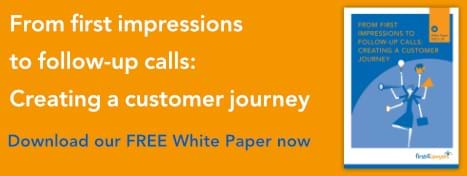January 2022 Blog for Insurance Claims

Those without a vested interest may have missed the second batch of quarterly data relating to the Official Injury Claims portal, which was released by the MoJ last month.
Like the 68-page user guide which accompanies it – summed up perfectly by one commentator as ‘legal treacle’ – it is still far from clear whether the system has been a success.
But with nine in every 10 claimants still seeking representation to help them navigate the portal – supposedly designed so that they wouldn’t need help – indications after six months are that the answer is still a resounding no.
While it’s early days, that doesn’t mean the government can avoid all questions on the issue.
Below are five reasons why the DIY approach isn’t working, and why action is needed now.
Just one in 10 users choose to represent themselves, which was supposed to be the purpose of the portal.
Six months on and even fewer claimants are choosing to go it alone, with just 9% of unrepresented portal users – or litigants in person (LiP) – in the second quarter compared to 10% in the first.
There were fears that claims management companies would swoop in to clear up the low value cases that many law firms were no longer willing to accept, but this appears to be unfounded, with CMCs accounting for just 0.02% of claims.
Instead, law firms and alternative business structures (ABSs) are picking up the majority. Without a detailed breakdown, however, it is difficult to know exactly where they’re coming from and how many are coming from insurer-backed businesses, which, if this were the case, may raise concerns that claimants aren’t being properly advised.
People may not understand how damages are calculated under the new rules.
Four in 10 (40%) of unrepresented claimants are still seeking an uplift in damages, a significant figure which hasn’t dropped from the first quarter.
Uplifts are given to those who can prove exceptional injury or circumstances or both. And either there are a lot of out-of-the-ordinary accidents, or some portal users don’t understand the new system.
Why so many claims exit the portal is still unclear.
Claims may start off in the portal, but they don’t always make it to the end. Since its launch, more than 7,000 claims have exited the portal prior to a decision being made, although reasons are unclear.
While many are removed by the compensator – for example, if there are complex issues, allegations of fraud or it is believed that the claim merits higher damages – others are merely marked as ‘withdrawn.’
Could it be that LiPs decide it’s not worth the hassle or simply don’t understand the process? It’s also interesting to note that 7% of the unrepresented claimants who did drop out only did so to enlist professional help.
Calls to the portal support centre are up.
The OIC service includes a ‘portal support centre’ – a fully staffed helpline to assist people using the system – and calls for help from LiPs are on the up, indicating that the portal is too difficult to navigate without support and assistance.
Unrepresented claimants made up 50% of enquiries received by the centre in the first quarter, but 75% during the second. And with a 50% increase in LiP enquires at a time when there is actually a slight decrease in the number of new LiPs using the portal, it seems reasonable to conclude that even those who successfully manage to submit a claim on the system subsequently end up calling the support centre as the claim is being progressed.
Concerns that the portal isn’t user-friendly – and that motorists may not know it even exists – have been ignored.
Responding to criticism that the launch of the portal had not been publicised effectively, the MoJ said it was critical that claimants had quick visibility and quick access to the portal and suggested this was under review. Nothing appears to have changed, however, and even if people make it that far, they then have the 68-page user guide to wade through. Described by commentators as both ‘hopelessly complicated’ and ‘legal treacle’, no moves have been made to make it any easier for users to understand.
I don’t think we will get a true picture of the portal’s success or failure without a full year of data, but there are simple steps that the government could and should be taking now.
Publicise the portal properly and give people a manual you don’t need a week to read. Give them the tools and this whole project, rather than putting off genuine claimants from seeking damages, might actually start to work the way the government says it was intended.


